Like any cultural or technological artefact, the organ represents its time and the people who built it. Director Will Fraser of Fugue State Films, who set out to tell the story of the English Organ in three documentaries, found that the development of the organ echoed the narrative of all the major events in our history ‘from reformation, civil war, restoration, slave trade, colonial expansion, industrial revolution, democratisation, world wars, popular culture, religious decline to Brexit!’ The project has resulted in a magnificent box set of films and recordings which has just gone on sale.
The story begins with the recent discovery that a dairy door in a Sussex farmhouse was actually the soundboard of an organ from the sixteenth century, enabling builders Goetze & Gwynn to re-discover the sound of Tudor England, with the Wetheringsett Organ.
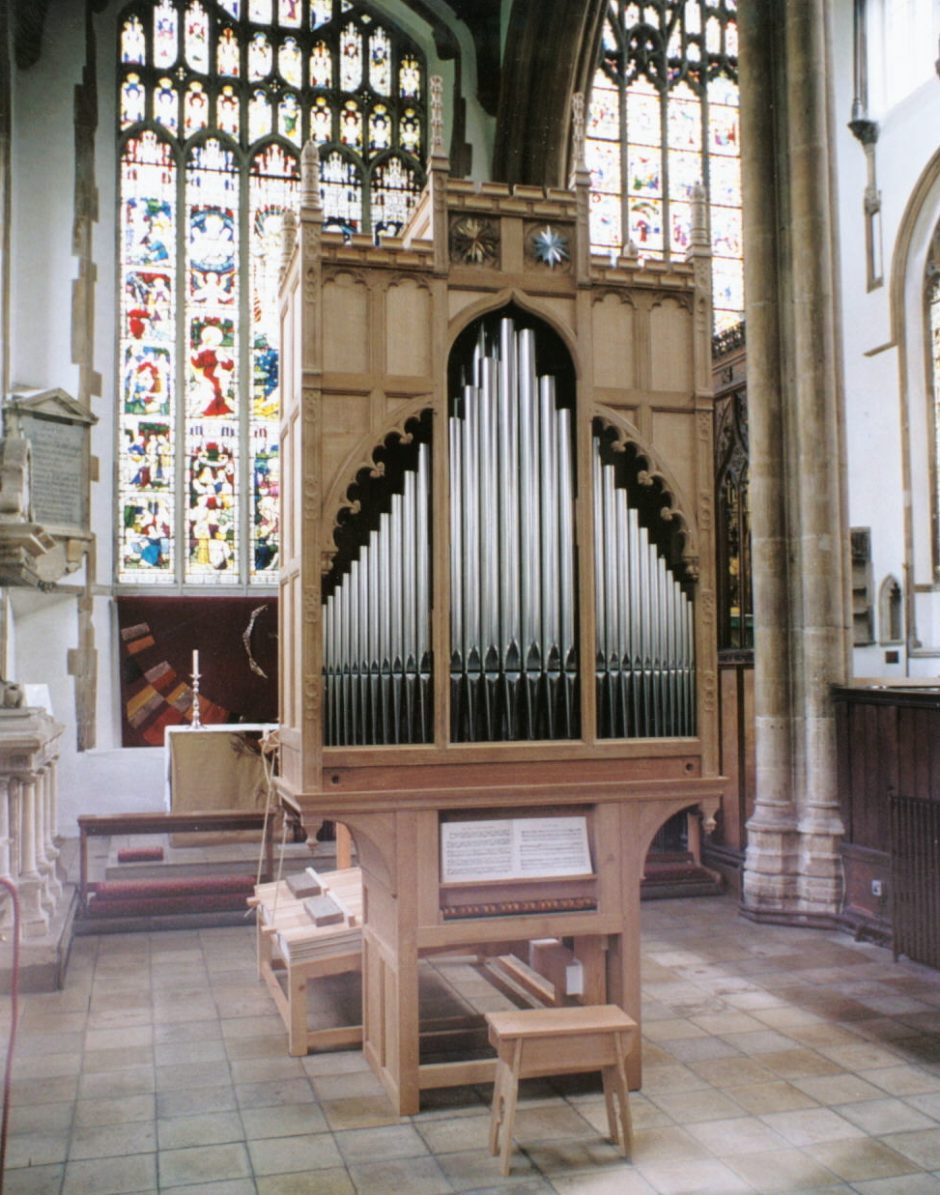
The Reformation and then the English Civil War broke the continuity of organ-building in England – Bach’s organ music only became technically possible on English organs in the early nineteenth century (nearly a hundred years after his death) when they finally got proper pedal boards.
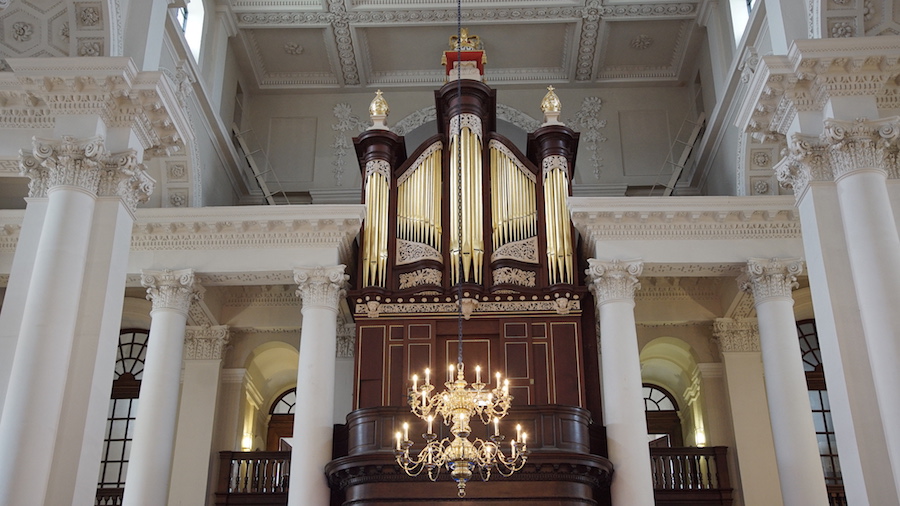
English organ building swept to its apogee in a late Victorian ‘industrialist’ boom – when organs and organ music became an expression of civic as much as religious culture (W T Best gave three recitals a week at St George’s Hall Liverpool, and wanted the power and expressivity of the orchestra in the organ to match his ambitious programmes). Imperialist expansion made England the donor culture to much of the world – in 1888 the biggest organ in the world was William Hill & Son’s instrument in Sydney Town Hall.
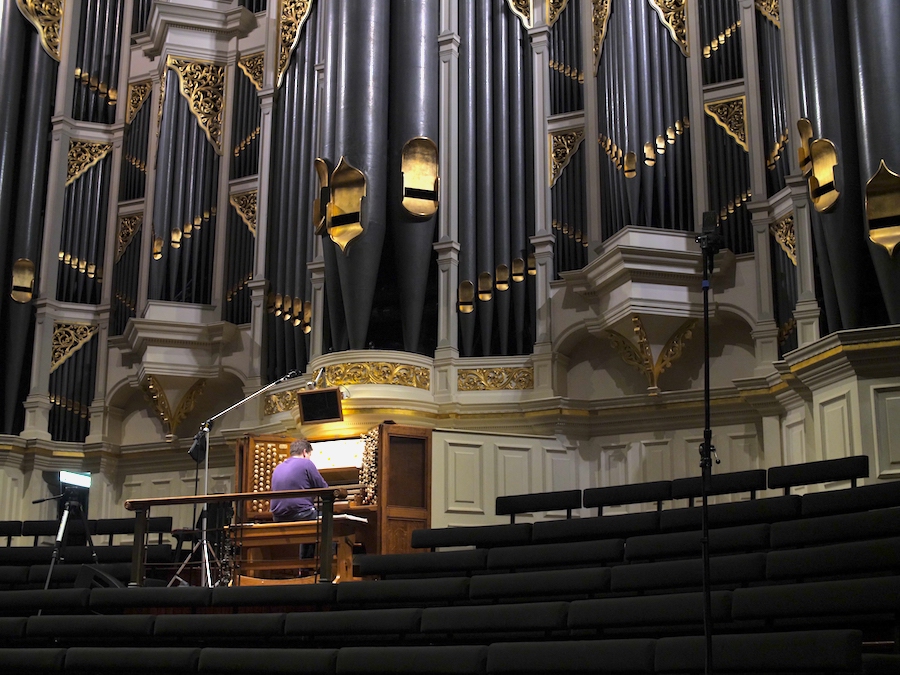
The twentieth century brought dizzying changes to organ building – not all successful. Albert Schweitzer wanted to know why electric and pneumatic action organs failed after ten years while 17th and 18th century organs were still working. Post-World War 2 the Organ Reform Movement decided to clean the organ of sentimentality and romanticism, and the search was on for ‘historic’ principles – ultimately, suggests this documentary, a backward-looking ideology leading to pastiche and nostalgia, and not to instruments that, in Pevsner’s words ‘express their own time.’
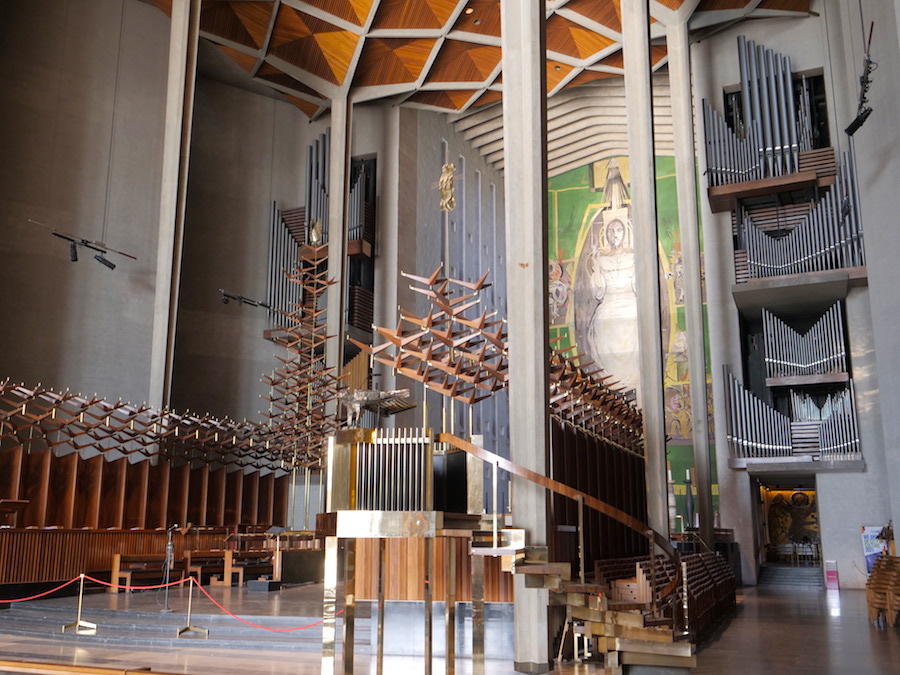
Now we are in era of pragmatic organ building, when ideologies have fallen away, and new organs are built, as it were, as horses for courses. The film ends with questions around modern uncertainty: around the quest for English identity and the role of the organ in a post-Christian world. Can we be optimistic about the future of the English organ, as the once thriving industry of organ-building shrinks from 6,000 employees just after the Second World War, to around 350 today?
In setting out to celebrate the arc and development of the English Organ, Will Fraser comments, ‘It was not easy to work out where we should film, as there are many worthy locations. After much thought and discussion we whittled our shortlist down to thirty-three instruments that each form a key point along the narrative. We visited these instruments and filmed performances of suitable repertoire at each one.’
‘Not all were in good condition, but if a neglected instrument was important enough to our story, we visited it.’ The list includes instruments in forty locations across several continents, including Australia, New Zealand, and the USA.
‘What I found fascinating about this project was how it exists on two levels: the musical story that you would expect, plus this new and quirky view of English history. But above all this is a musical story, filled with dozens of pieces of music that are, or have been, incredibly significant, popular and loved.’ These include pieces by Handel, the Wesleys, Parry, Elgar, Vaughan Williams, Thalben-Ball, Hollins, Howells and Whitlock, to name just a few.
The project (Fugue State’s biggest to date) has resulted in a box set of 4 DVDs and 3 CDs, which has just been released (see below). Daniel Moult carries the presentation for all three films with relaxed aplomb, as well as performing more than ten hours of repertoire from Byrd to the present day on the thirty-three organs. Articulate and knowledgeable experts weave together the musical, social, political and religious strands into a splendid portrait of an instrument and a culture.
There are those dinner party moments when someone, amazingly, actually asks about our instrument. So much to tell! – but you are well aware that you have little over a minute before eyes start to glaze over. Turn your 90-second dinner-party pitch on the History of the English Organ into the most fascinating story ever, with the help of this box set.
The English Organ
4xDVD, 3xCD boxed set. Three feature length documentaries form the centrepiece of this boxed set which traces the history and development of the organ and its music in England from c1550 to the present, showing the vibrant culture of the organ and its music, and how this mirrors the broader narrative of English history. The DVDs also include filmed performances of eight hours of music from Byrd to the present day, played on thirty-three iconic organs by Daniel Moult. Each organ has a filmed demonstration or portrait.
£64.50
Buy from Fugue State Films shop
feature image: St Mary Undercroft, Houses of Parliament, London (William Drake 1999)
pictures courtesy of Fugue State Films

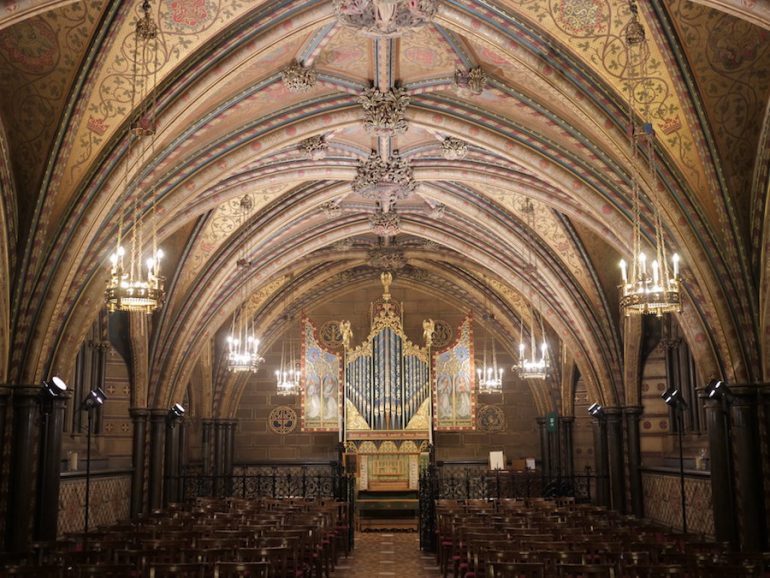
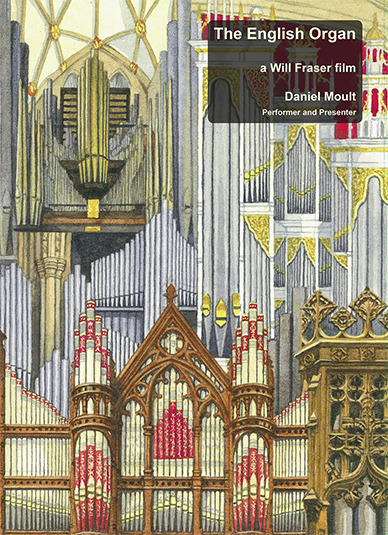
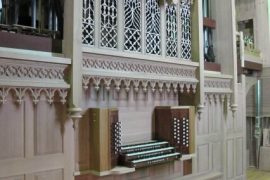
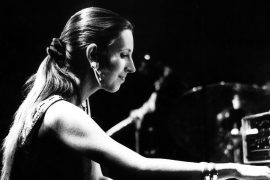
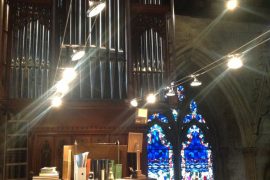
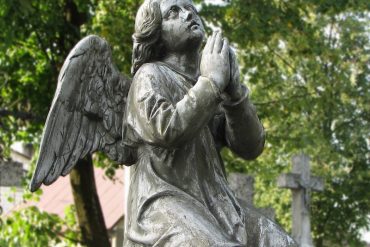
I am afraid your statement regarding the builder of the 1888 organ in Sydney Town Hall is incorrect. The builder was in fact William Hill.
You are quite right John – I got it right in the photo caption but had some sort of a brainstorm and got it wrong in the text ! Now corrected.